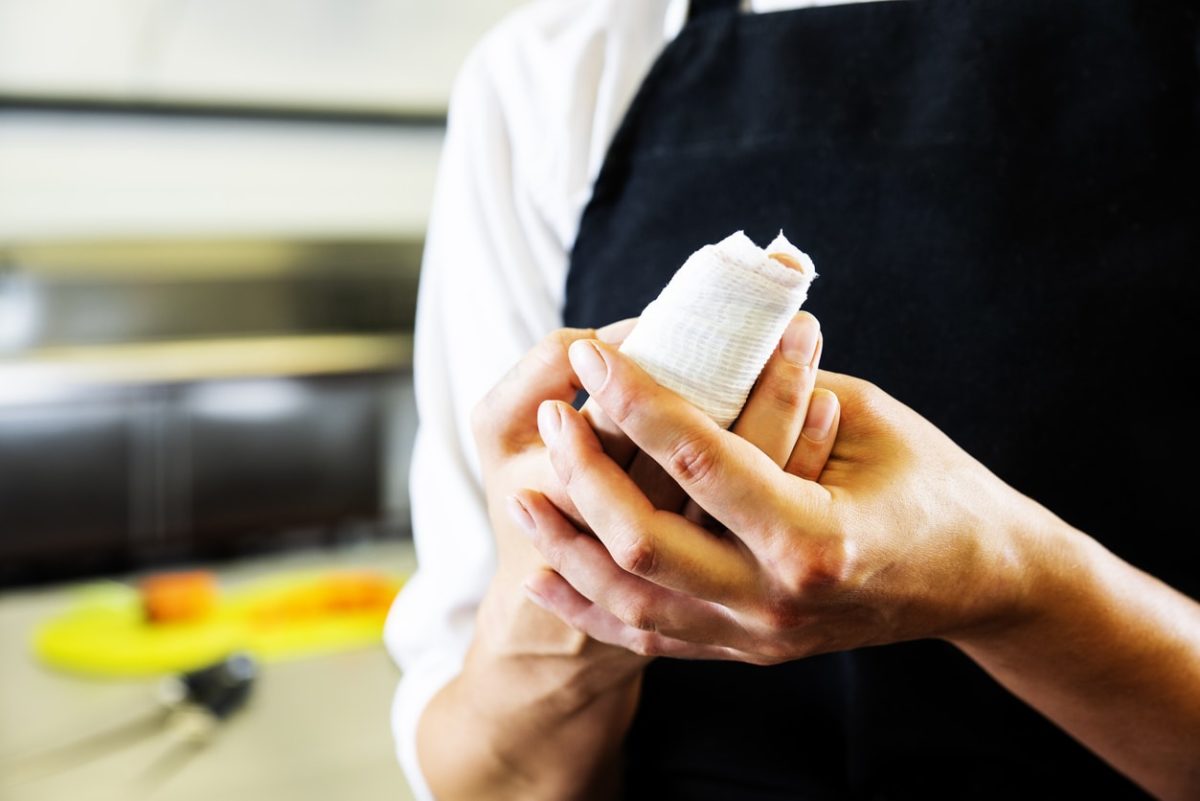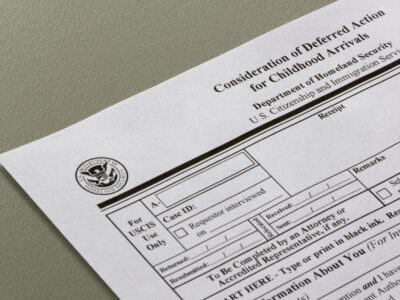As a California restaurant employee, you face unique workplace hazards that differ from those encountered in other industries. At the Law Offices of Hussain & Gutierrez, we have a deep understanding of how debilitating restaurant workplace injuries can be. We’ve successfully assisted hospitality workers who have suffered on-the-job injuries in pursuing fair compensation.
Why Are Restaurant Workers at Higher Risk of Injury?
The nature of restaurant work, fast-paced, high-pressure, and often understaffed, exposes employees to numerous hazards. QSR Magazine reports that 1 in every 20 work-related injuries nationwide occurs in a restaurant, illustrating the disproportionate risk for food service professionals.
Whether you’re a line cook, server, barback, dishwasher, or host, each role comes with its own set of dangers:
- Working long shifts on slick kitchen floors
- Handling heavy kitchen equipment
- Exposure to heat, grease, and cleaning chemicals
- Repetitive motions and extended periods of standing
Each of these situations creates an environment where injuries aren’t just likely, they’re expected unless mitigated properly.
Most Common Restaurant Workplace Injuries
Restaurant injuries are generally categorized into four primary types, but each type encompasses a wide spectrum of severity and consequences:
1. Cuts and Lacerations
Sharp knives, broken glassware, and industrial slicers contribute to some of the most frequent injuries in food service settings. These injuries can be superficial or serious, resulting in deep tissue damage, nerve impairment, or long-term mobility issues if not treated properly.
2. Burns
Burns in restaurant environments are a serious concern. Annually, more than 12,000 restaurant-related burn injuries are reported nationwide. Employees suffer burns from open flames, boiling liquids, fryers, and even overheated dishware. Burns range in degree and severity, from minor first-degree burns to life-altering third-degree burns.
3. Sprains and Strains
Lifting heavy boxes of supplies or carrying multiple trays during peak hours often leads to muscular injuries. Back strains, herniated discs, and ligament sprains are common among restaurant staff, particularly in roles requiring physical exertion. These injuries may seem minor at first, but can become chronic without proper treatment.
4. Eye Injuries
Less frequently discussed but equally serious are eye injuries. These typically result from exposure to chemical cleaning agents, splashes of hot oil, or even carbon dioxide leaks from soda machines. Wearing safety goggles or face shields is often neglected in fast-moving kitchens.
Additional Risks and Hidden Hazards
Cumulative Trauma Injuries
Injuries aren’t always sudden. Repetitive strain from tasks such as chopping, stirring, or plating can result in cumulative trauma, damage that builds over time. Common conditions include carpal tunnel syndrome, tendonitis, and rotator cuff injuries.
Emotional and Psychological Stress
High-pressure work environments may not just injure the body. Mental stress from long hours, harassment, or unsafe conditions can lead to emotional trauma, burnout, and even PTSD. While harder to quantify, these are valid workplace harms under California labor law.
Legal Rights and Employer Responsibilities in California
California imposes strict occupational safety and health regulations under Cal/OSHA. Employers must not only carry workers’ compensation insurance but also proactively mitigate risks.
Employer Duties Include:
- Conducting regular safety training
- Providing protective equipment (e.g., gloves, goggles, anti-slip shoes)
- Maintaining sanitary and hazard-free kitchens
- Displaying workplace safety signs and emergency instructions
Failure to comply may result in financial penalties, lawsuits, or revocation of licenses.
What to Do If You’re Injured at Work
The process of handling a workplace injury involves several legal and procedural steps:
- Report the injury to a supervisor within 30 days. Delays can jeopardize your claim.
- Seek immediate medical evaluation, even if the injury appears minor.
- Document the event, capture photos, gather witness statements, and preserve any medical records.
- Consult a workers’ compensation attorney like the team at Hussain & Gutierrez to guide your legal claim.
Understanding Workers’ Compensation in California
What It Covers:
- Emergency and ongoing medical care
- Partial wage replacement during recovery
- Disability benefits (temporary or permanent)
- Vocational rehabilitation if you’re unable to return to your previous role
What It Doesn’t Cover:
- Pain and suffering
- Emotional distress (unless pursued via personal injury lawsuit)
Denied Workers’ Compensation Claims: What Happens Next?
Even valid claims are sometimes denied. Common reasons include:
- Missed deadlines
- Insufficient documentation
- Employer disputes over injury cause
If your claim is denied, you can:
- Request a hearing before the Workers’ Compensation Appeals Board (WCAB)
- File a Declaration of Readiness to Proceed
- Enlist legal representation to appeal and negotiate on your behalf
Legal Protection for Undocumented Workers
Many injured workers fear retaliation or deportation. California law protects all employees, regardless of immigration status. You have the right to:
- File injury claims
- Receive medical treatment
- Be free from employer retaliation
Preventive Measures for Restaurant Workers
For Employees:
- Wear protective gear at all times
- Lift with your legs, not your back
- Use proper tools and techniques
- Immediately clean spills and report hazards
For Employers:
- Provide ongoing safety training
- Keep a clean, organized kitchen
- Encourage a culture of safety
- Regularly inspect equipment and facilities
Beyond the Workplace: Building a Safer Hospitality Industry
The fight for safer restaurant workplaces extends beyond individual claims. Advocating for:
- Union protections
- Stronger labor regulations
- Third-party safety audits
- Mental health support services
…helps create long-term improvements in the hospitality industry.
Frequently Asked Questions (FAQs)
Can I sue my employer instead of filing a workers’ comp claim?
Generally, no. Workers’ compensation is a no-fault system. However, if gross negligence, unsafe conditions, or third-party fault are involved, you may qualify for a personal injury lawsuit.
What if I’m undocumented? Can I still file a claim?
Yes. California law extends full workplace injury rights to all employees regardless of documentation status.
What if I didn’t report the injury right away?
You should report within 30 days. Delayed reporting may be excused for cumulative injuries, but prompt action is best.
Can I get benefits for a repetitive stress injury?
Yes. Conditions like carpal tunnel or tendonitis are covered if caused by repetitive work-related actions.
What if my employer threatens to fire me for filing?
This is illegal retaliation. You may file a separate legal complaint with the California Labor Commissioner or pursue civil action.
Get Legal Help Now – Protect Your Rights
If you’ve suffered an injury while working in a California restaurant, you don’t have to navigate the legal system alone.
Contact the Law Offices of Hussain & Gutierrez for a free case consultation. We’ll evaluate your situation, explain your options, and fight for the compensation and protection you deserve.



